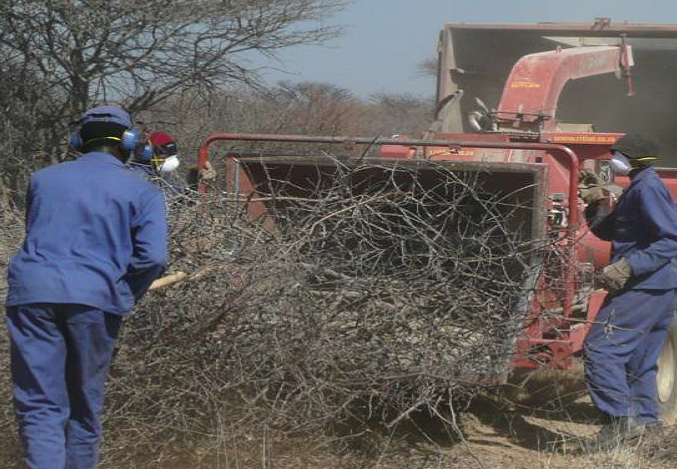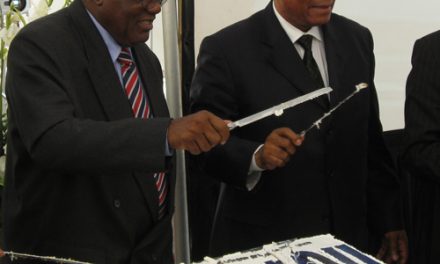
NamPower plans big for several bio-mass power plants

The national power utility is in the planning phase to establish an extended wood-driven power plant project which they say is likely to be fully operational come 2020.
It was recently announced that an international consultation company from Denmark, KOWI was appointed to do preparatory work after a 2012 pre-feasibility study found sufficient bush biomass available to supply 10 plants of 20 MW each for a projected period of 189 years.
Nampower is also contemplating putting up so-called hybrid power installations where electricity is generated from solar during the day, and from wood during the night.
The power utility is proposing five possible tracts of land near current sub-stations to build the biomass plants. The proposed sites are strategically located near existing sub-stations, mostly across the northern half of the country. One of the sites is close to the Auas sub-station near Windhoek.
The more feasible power generation plants, Nampower Managing Director Simson Haulofu said could differ in size from 10Mw to 100Mw adding that these options are to be investigated in the main feasibilty study. To run at optimum levels, a continuous supply of wood chips are needed which has to be supplied from nearby farms with dense bush.
According to the Namibia Agricultural Union (NAU), countries such as Denmark are importing wood chips per boat from as far as Brazil for their wood power plants. “Wood-fuel power generating is much more expensive than most of the other power generating plants, but it fits into the country’s strategy to reduce the dependence of power imports,” the NAU said.
The NAU was represented at a meeting of stakeholders by Danie van Vuuren, who briefed other stakeholders on the technicality of such a project which he indicated will have the support and cooporation of commercial farmers. He indicated that farmers are prepared to harvest encroacher bush on their farms and sell it on a large scale. This will improve the economy of their own farming operations.
Power Systems Development Chief Executive Officer, Reiner Jagau said during a national conference on Bush Encroachment and Biomass Value Addition in Windhoek in September 2015 that the proposed 20 MW plant would require about 150 000 ton of biomass per annum which translates to harvesting about 13,900 hectare of farmland per year.
According to NamPower a wood fuel plant can generate power 24 hours a day, while solar power can only be done during the day and power generation by wind only during favourable wind conditions.












































